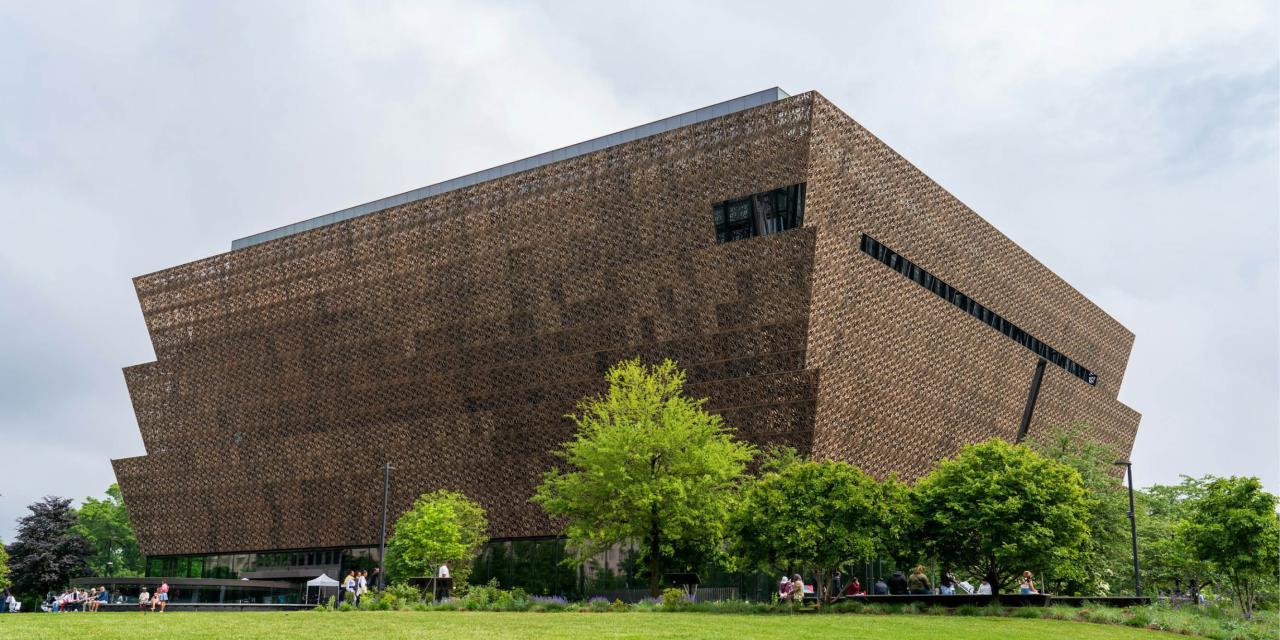The Christian Year
The way we tell time says a lot about us. The dates we circle on our calendars reveal what is most important to us. Lovers of leisure circle vacation days and orient their lives around them. If family is important to you, then you probably focus on birthdays and anniversaries. Many of us wake up each day counting the days until our major work or school assignment, our next vacation, birthday, or holiday. We are creatures of time.
Throughout the history of the church, Christians have in various ways attempted to put Christ at the center of their personal calendars. The most universal way comes to us in what is often called the "Christian year" or the "church year," a series of celebrations and seasons that divides up the calendar and leads Christians on an annual cycle of memory and anticipation through key events in Jesus' life.
The Christian year is anchored in the main salvation history events described in the New Testament. Its anchors are celebrations of Jesus' birth, death, resurrection, ascension, and the coming of the Holy Spirit. Just like many Old Testament Psalms and early Christian creeds rehearse the history of salvation, so too the Christian year retells the story of these earthshattering events. Thus, the Christian year is a memorial to key events in salvation history. The Christian year ensures that worshipers will be fed a balanced diet of biblical themes.
The Christian year also provides a way of understanding the Christian life. These events are not just about Jesus, they are about us. For we are united with Christ through baptism into his death and resurrection (Romans 6). We experience each of these events with different emotions. The Christian year also ensures that worship features a balanced diet of Christian affections or emotions. We focus on hope during Advent, penitence during Lent, and celebration during Eastertide.
Several writings from the 4th and 5th century (the period in which the Christian year was first developed) suggest that these Christians intended to find a way to keep time that would be a fitting celebration of the gospel message. For example, Augustine speaks of the season of Lent this way: "In what part of the year could the observance of the forty-day fast be more appropriately instituted than that adjoining, so to speak, and touching on the Lord's Passion?" He goes on to describe Eastertide this way: "These days after the Lord's resurrection form a period, not of labor, but of peace and joy. That is why there is no fasting and we pray standing, which is a sign of the resurrection. . . .[during this season] the "alleluia" is sung to indicate that our future occupation is to be no other than the praise of God."
Observance of the Christian year is not prescribed in the New Testament. It is one of dozens of devotional practices that Christians have developed as helps to their public and personal prayer life. It is helpful to think of the Christian year as devotional guide, like any other you might purchase at a Christian bookstore. The advantage to this guide is that it is nearly universal. By following the Christian year, we join our hearts in prayer with Christians throughout history and throughout the world.
Christians follow this calendar because it points beyond itself to these main events in salvation history. It is a means to hold before us these crucial events and to challenge us to orient our lives around these events. Like any institutional arrangement, the Christian year can be abused. And indeed it has been. The 16th century Reformers and the 17th century Puritans protested the Christian year because they felt it was being treated as an end it itself. They feared that worshipers were more concerned with the correct observance of certain days, rather than focusing on the events those celebrations pointed to.
In the past generation, many Christians in many traditions, including many Reformed Christians, have recovered the Christian year as a basic framework for organizing their common prayer and worship. They have attempted to recover the genius of the annual journey of telling this story of faith, while remembering that this framework is never an end in itself.
The traditional Christian year includes two types of observances: feasts and seasons. The "feasts" are day-long celebrations of key events in Jesus' life: his birth, his visitation by the magi, baptism, transfiguration, arrival into Jerusalem, death, resurrection, and ascension:
December 25 Jesus' birth (Christmas)
January 6 The Visit of the Magi (Epiphany)
January 9 Jesus' baptism
Jesus' transfiguration
Jesus' entry into Jerusalem (Palm Sunday)
Jesus' last supper (Maundy Thursday)
Jesus' death (Good Friday)
Jesus' resurrection (Easter)
Jesus' ascension
The Coming of the Spirit (Pentecost)
The seasons are periods of several days or weeks that lead up to or follow the big events of Christmas, Easter, and Pentecost. The length of these observances provides space to savor the meaning of these climactic events. Advent, the four weeks that precede Christmas, is a season of repentance and anticipation to prepare ourselves for both Jesus' first and second comings. Lent, the 40 days that precede Easter, is a time to focus on our baptism, our union with Christ in his death and resurrection, and our daily practice of repentance. Eastertide, the 50 days between Easter and Pentecost, is an extended celebration of Christ's victory. The time following Pentecost, often called Ordinary time, focuses on living by the leading of the Spirit in our everyday lives and in the ministry of the church.
There are variations in how the Christian year is celebrated from one congregation or denomination to the next. But in every case, the point of it all is nothing less than "to keep our eyes fixed on Jesus, the author and perfector of our faith." (Hebrews 12:2)

